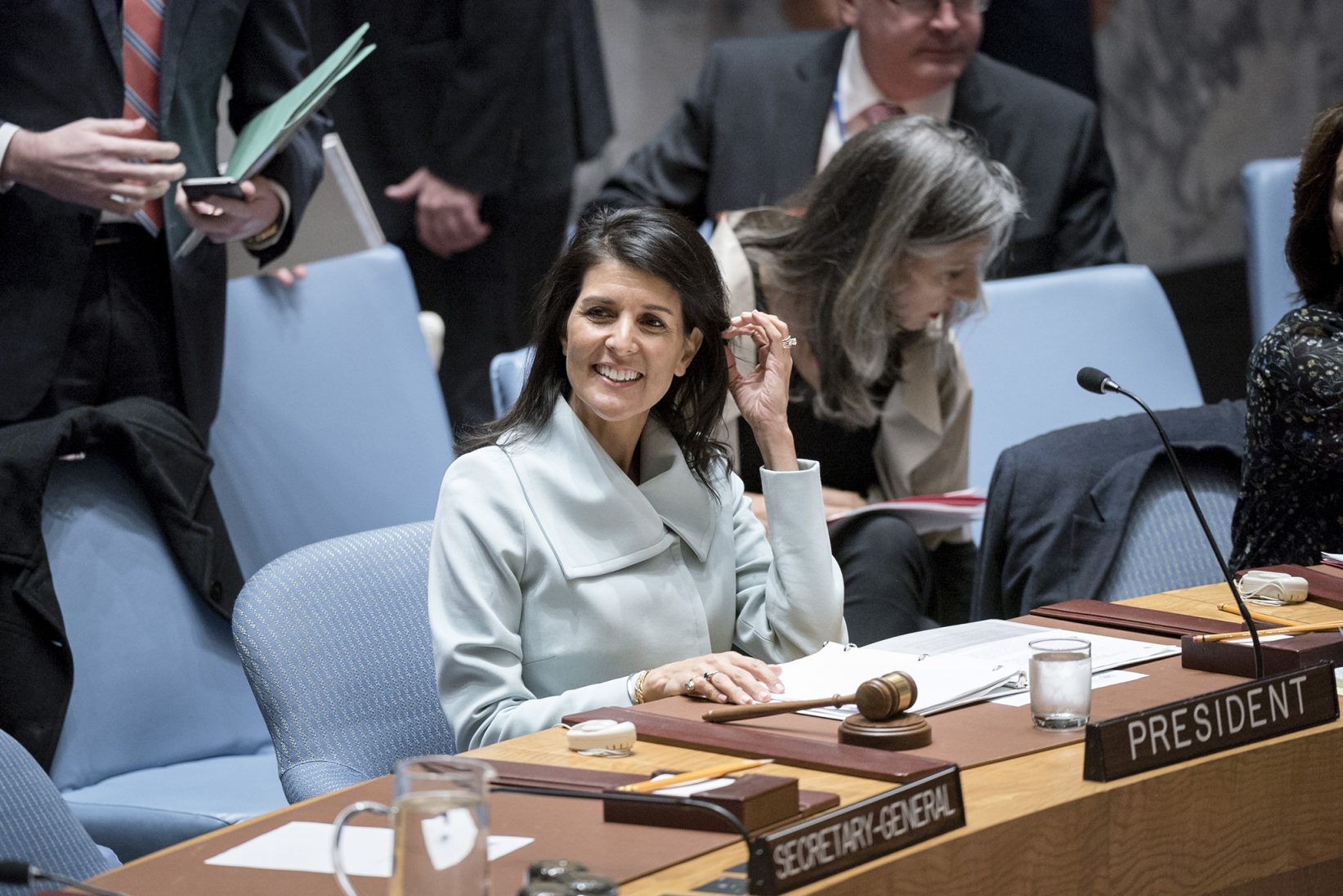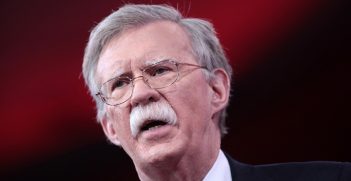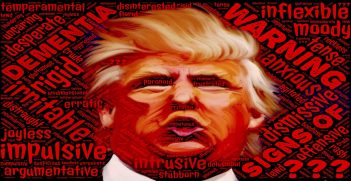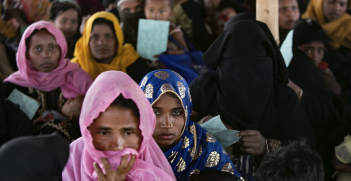Nikki Haley and the Trump Administration’s UN policy

The Trump administration’s evolving UN policy is a case study in how policymaking in the administration remains a work in progress amid competing world views, absent or unclear guidance, and an idiosyncratic president.
There are deep ideological divisions within the White House about America’s role in the world. America’s withdrawal from the Paris climate accord and the Trans-Pacific Partnership demonstrates the prominence of the ‘America Firsters’ in the White House—not least the president himself.
However, other administration figures such as Secretary of Defense Jim Mattis, National Security Adviser H.R. McMaster, and also UN Ambassador Nikki Haley are notably closer to the Republican mainstream on the importance of American global engagement and leadership. And while America’s UN policy is still taking shape, it’s possible—though far from certain—that Ambassador Haley could slightly moderate Trump’s scepticism about the UN and broader multilateral arrangements.
As an initial Trump critic and foreign policy novice, Haley was a surprising choice for UN ambassador. But the former South Carolina governor has developed a high public profile among Trump’s foreign policy team for her political dexterity and effectiveness as a communicator.
In stark contrast to the president, she has voiced strong opposition to Russia’s actions in Ukraine, Crimea and Syria, and promoted the issues of human rights and humanitarian assistance. Haley has indicated a preference for strategic UN reform rather than the slash-and-burn budget cuts the White House has proposed, and acknowledged the UN’s value in addressing global challenges such as nuclear proliferation, refugee crises, and health pandemics. She has also demonstrated a readiness to negotiate with fellow UN diplomats behind closed doors if she can still achieve political wins.
As a result of the White House’s and State Department’s deprioritising of UN issues, Haley has had a fair degree of latitude, though both the White House and State have latterly sought to impose some oversight. On some UN matters, such as the response to Russia’s actions in Ukraine and Crimea, there has been a fair amount of continuity with the Obama administration’s approach. However, Haley’s efforts at the UN defy easy classification, as on other issues—including her strong pro-Israel stance—her positions are squarely in line with Trump’s.
While Haley’s long-term policy influence is still unclear—she’s not at the epicentre of foreign policy formation and has less access to Trump than Secretary of State Rex Tillerson—it is notable that Trump met with the UN secretary general and the 14 other UN Security Council diplomats just a few months into his administration.
In what might be a sign of Haley’s impact, Trump declared a belief in the UN’s potential as a crisis management body and suggested that budget cuts would be less pressing if broader security objectives were achieved. Haley is also using key levers of influence: she is engaging with the US Congress (which has a critical appropriations power) as she crafts her UN reform strategy, and with Ivanka Trump on UN issues such as combating global famine.
America’s UN policy could potentially evolve under Haley’s stewardship to focus on the parts of the UN that the administration finds useful to advance US interests. The administration has already recognised the UN Security Council’s convening power and diplomatic role during the North Korea crisis (while aware of its limitations). Haley used a Security Council emergency session to press China and Russia to increase pressure on Pyongyang and successfully negotiated with Security Council counterparts (including China and Russia) to pass a tough new sanctions resolution. Another crisis elsewhere—in Syria, for example—could force the administration to become even more aware of the UN’s value as a crisis management framework.
All of this is a long way from the White House embracing the UN as an integral part of the post-1945 international order. But while Haley might not be able to fundamentally reshape the president’s preference for unilateralism, she might just help to work the UN into the administration’s modus operandi.
It is in Australia’s interests to nourish this more mainstream view of the UN and multilateralism within the administration, as the White House approach to global engagement could run counter to Australia’s active multilateral agenda. And once Australia joins the UN Human Rights Council in 2018, even sharper policy divergences could open up.
Canberra’s support for global institutions such as the UN, regional institutions such as the East Asia Summit, and multilateral trade initiatives such as the TPP is based on the assessment that multilateral initiatives are important vehicles for middle powers like Australia to advance their interests. There’s also wide acknowledgement that having a seat on the UN Security Council in 2013–14 significantly enhanced Australia’s diplomatic reputation as a pragmatic problem solver and Canberra has launched another Security Council bid for 2029–30.
Canberra should continue to promote to Washington the benefits of multilateral institutions as cost effective instruments that can advance US and allied interests by complementing bilateral efforts to tackle critical global challenges. Washington should also be reminded that it is not in US or allied interests for it to cede influence to powers such as China or Russia by pulling back from the UN and other multilateral bodies.
The challenge for Canberra will be to manage possible policy divergences while maintaining a robust Australia–US alliance, which remains critical to Australia’s security.
Elsina Wainwright is a non-resident senior fellow at the United States Studies Centre at the University of Sydney and a visiting fellow at New York University’s Center on International Cooperation. This piece draws on her US Studies Centre Alliance 21 brief Profile in prominence? Ambassador Nikki Haley and the Trump administration’s UN policy, which was recently released.
This article was first published by the Strategist on 15 August 2017. It is republished with permission.





